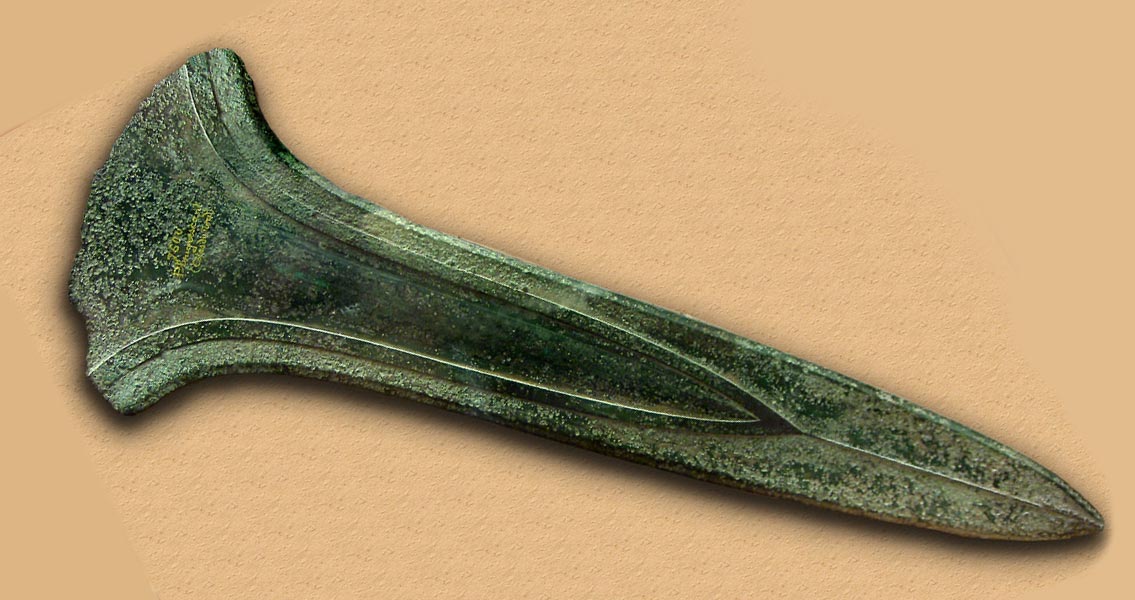<![CDATA[It has recently been determined that a nearly fully intact Bronze Age skeleton buried with one of the oldest bronze daggers ever found in the UK was a warrior chief who sustained fatal injuries during combat, nearly 4,000 years ago. The seemingly impeccable skeleton was discovered on farmland in the village of Racton, West Sussex, according to The Guardian. The story of this warrior's life has long been a source of mystery to historians and archaeologists alike, since the skeleton (nicknamed the Racton Man) was discovered with his extraordinarily rare dagger. The dagger was ornamented with small studs that would have glimmered in the light. Racton Man was clasping the dagger in front of his face, while lying on his left side, when he was discovered in 1989. New developments in technology have allowed scientists to carefully analyse Racton Man's teeth, dagger, and bones to help shed more light on who he really was. In Chichester at the Novium Museum, where the dagger and mysterious Racton Man are currently on display, historians are finally able to reveal their findings to the public for the first time. Talking to The Daily Mail, site excavator and planning archaeologist James Kenny stated that Racton Man was about 45 years old at the time of his death and was a "big man" who was at least 6ft (182cm) tall. It wasn't his size that set Racton Man apart from everyone else in society however, but his dagger. Kenny stated, "To start with, the fact that this man had a bronze dagger would have been phenomenally rare then, let alone now. This would have been right at the start of the introduction of this type of technology and would have been one of the first bronze daggers in existence in this country." That being said, Kenny also believes another fact which set this man apart was that he actually had a burial. "There [were] so few burials back to the early Bronze Age, especially in the Chichester region. It's also rare to find such a distinctive burial that has been archaeologically excavated." With this knowledge, Kenny and his team were able to determine that because of the man's careful burial and the extreme rarity of his dagger, not to mention the fact that he died in battle, he was clearly "of extremely high status" and was "almost certainly a warrior chief." Kenny also mentioned that the dagger was British in design. Experts who analysed Racton Man's teeth found that he could have been brought up in Britain, possibly west of Sussex. The analysis of his bones suggested he had spinal degeneration, which is thought to have been age related. At the time of his death he also had a chronic sinus infection, tooth decay, and an abscess. His death came from a fatal blow to the elbow. It was a defensive block to protect his head, that ended up causing him to bleed out. Skeletons such as that of the Racton Man are helping archaeologists and historians further understand the social structure of Bronze Age society. Photo Credit: Wikimidea Commons User: Calame]]>
Mysterious 'Racton Man' Skeleton Found With Dagger that Reveals a Warrior's Past
